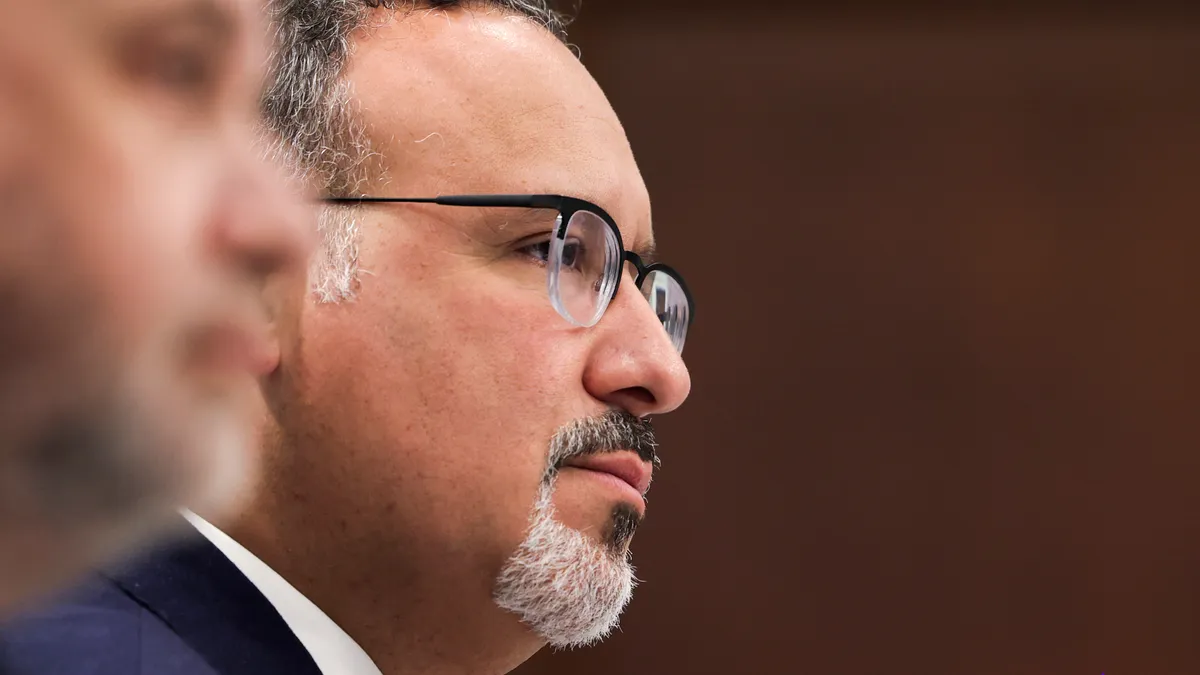The massive economic shock we have begun to experience will generate enormous pressures on public institutions to increase tuition, the same way it did during the Great Recession a decade ago.
Our recent study shows that those tuition increases drove away students, especially those from lower- and middle-income families. Confusion about how much college really costs after factoring in financial aid contributed to the problem. Although increasing tuition may be necessary for colleges and universities to weather the current crisis, it should be accompanied by expanded financial aid for the neediest students that is communicated in a way students, parents and counselors can understand.
The purpose of our study is to examine the impact of pricing transparency on college application decisions. The question we ask is whether students respond to changes in published tuition prices (sticker prices) even if the changes may not affect the net prices they pay after financial aid. We focus on public flagship institutions, which tend to be the most visible and most desirable public options for college-bound students.
We build on a recent study conducted at the University of Michigan examining the impact of the HAIL scholarship, which provided free tuition to students with incomes below $60,000.
Researchers conducted a field experiment targeting students from randomly selected high schools in the state. Those students, though, were already eligible for free tuition under the university's existing financial aid policy. The HAIL intervention was about improving students' understanding of the net price they would pay, not the sticker price. They did this by providing them with mailers explaining that they would receive four years of free tuition if admitted and were not required to submit the FAFSA in order to qualify for the aid. Eligible students receiving the intervention materials were more than twice as likely to apply and to enroll at the university, highlighting the need for more transparent pricing.
Do the lessons uncovered in Michigan apply elsewhere?
During the period of our study, the University of Michigan, along with the flagship institutions in Virginia, North Carolina and California (Berkeley) maintained "meet full need" financial aid policies. At these institutions, students pay what they can afford as determined by FAFSA's calculation of expected family contribution. As a result, abrupt tuition increases would not affect the net prices for lower- and middle-income students eligible for financial aid; institutional grant aid would fully offset any increases in sticker prices. If fewer of these students applied to this group of schools, it would signal that they are exhibiting sticker price shock — inaccurately estimating the prices that they and their families would actually pay.
We identify sticker price shock using the tuition increases that took place during the Great Recession. States faced enormous financial strain and flagships increased tuition to make up for budget shortfalls. As an extreme example, the University of California System increased tuition by 32% in 2010-11. On average, state flagship tuition and fees rose 9% in the 2009-10 academic year and an additional 6% in 2010-11 after adjusting for inflation, according to our calculations based on data from the U.S. Department of Education. Tuition typically increased by 2% to 3% annually (inflation-adjusted) in the years just before and after that.
Our study shows that a 10% increase in sticker price reduces SAT score-sending ― a proxy for college applications ― for all students by 1.2 to 1.8 percentage points. Lower- and moderate-income students in all states responded similarly. Because those students apply to college at a lower rate in the first place, this is a larger relative change for them. We also find that lower- and moderate-income students in meet-full-need states behave in the same way despite the fact that the amount they have to pay after financial aid is incorporated would remain unchanged. This suggests a focus on sticker prices, not net prices.
We also examine how college enrollment patterns responded to these price changes. At state flagship institutions, enrollment was not affected by these price changes despite the drop in applications. Flagship institutions are generally in an enviable position of having deep and diverse applicant pools and can maintain enrollment even in the face of fewer applications. The quality of the resulting matches between students and institutions, though, may deteriorate. It is not clear that our enrollment findings would hold for less-selective institutions.
What do these results imply for the current environment?
Public institutions are likely going to be under considerable financial stress in the very near future and the pressures to increase tuition will resurface. To ensure lower-income students benefit from the economic mobility afforded by a college education and to maintain the best matches between a student's abilities and the institution they attend, resources for need-based financial aid need to be maintained or increased.
But our research shows this is not enough. Colleges need to devise a clear and proactive communication strategy targeting lower-and moderate-income students to dispel myths about tuition and financial aid.
Phillip Levine is an economics professor at Wellesley College, a research associate at the National Bureau of Economic Research, and the founder and CEO of MyinTuition, a nonprofit that helps students and their families understand college costs. Jennifer Ma is a senior policy research scientist at the College Board, and Lauren Russell is an associate professor of practice at the University of Pennsylvania.
The opinions expressed in this article are those of the authors alone.

















